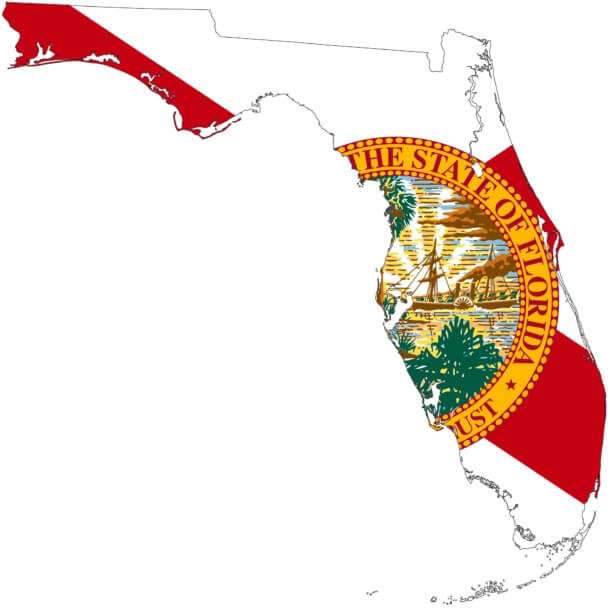by Ryan McMaken
The battle over sanctuary cities is not just a matter of pitting some cities against federal policy. The conflict is also pitting cities against state governments.
More than 30 states have moved with varying degrees of success to rein in so-called sanctuary cities that have pledged to not assist federal agents with rounding up and prosecuting suspected illegal immigrants.
So far, though, Texas appears to have taken the biggest step with new legislation that “requires local law enforcement agents to honor requests by federal immigration agents to detain jailed immigrants suspected of being in the country without proper documentation. It also empowers local law enforcement officers to ask about a person’s immigration status during routine encounters, such as traffic stops.” The legislation, known as Senate Bill 4, was signed into law by Texas Governor Abbott on May 7.
In response, several cities have sued the State of Texas, claiming the attempts by state government to force compliance on cities is an abuse of “big government.”
RELATED: “Make Every State a Sanctuary State” by Ryan McMaken
Legally speaking, it’s not clear that the cities have much of a foundation to stand on. Unlike states, which are guaranteed a certain amount of sovereignty in the US Constitution, local governments are usually creatures of the state government itself. In most states, the state government does not guarantee specific rights to specific cities and counties. County and city lines have historically been drawn and re-drawn by the state governments. While the United States is a federalist system — albeit an increasingly centralized one — state governments are not federalist, but are unitary.
Thus, state-city relations are not analogous to state-federal relations.
But, laws and constitutions can be changed, and political solutions can offer answers where legal ones do not.
The Historical Models for States Are Becoming Obsolete
In our age of increasing migration to metropolitan areas, we need to re-evaluate out model for political jurisdictions and state boundaries.
Historically in the United States, the states themselves often took shape as one or two urban centers attached to a hinterland of rural areas and small towns.
This was true for Massachusetts, New York, and Illinois historically. In these areas, one large city often dominated state-level politics. Naturally, this led to conflict. Voters and politicians in the urban centers often had very different priorities than the voters and politicians in smaller cities, and in rural areas. Moreover, different regions competed in a zero-sum game for tax funds, and some regions of the state ended up subsidizing other regions. Nevertheless, mega-cities and villages were stuck with each other because through an accident of history, they all ended up under the same state government and set of laws.
Today, of course, we see this reflected in the conflict values we see between urban centers, rural areas, and suburban areas. Voters from suburbs and small towns in many states find themselves at odds with the residents of the urban core.
Often, this conflict is oversimplified. As I have recently noted, the conflict between suburban areas and urban areas is just as real as the conflict between urban areas and rural areas. Metropolitan areas are diverse in themselves.
RELATED: “It’s Not Urban vs. Rural — It’s Suburban vs. Urban” by Ryan McMaken
It is true that suburban areas are generally dominated by different political values and different economic interests than are the urban core. Nevertheless, like the small towns and villages before them, suburban areas are locked into a union with core urban areas because they happen to fall under the same state government.
Today, we live in a country where the status quo of state boundaries are accepted as immutable, so conflicting groups take to the courts so one side can force its values on the other side. But, it doesn’t have to be this way.
A better response is to decentralize and allow urban core areas to act with greater independence from the suburban and rural areas that surround them.
This is to the advantage of the suburban and urban areas as well, and in this solution, we see a direct and meaningful way to address the “sanctuary cities” conflict — and many others — in which core city governments find themselves at odds with the rural and suburban populations who often dominate the state government.
Grant Statehood to Cities
Within the American context, decentralization should take the form of granting statehood to large cities.
There are at least two ways this could happen.
One option is to grant statehood to each individual core city. (In this context, a city is a specific city (i.e., the City of Phoenix), and not the larger metropolitan area in which it is located.) This would allow these cities more freedom in enacting (or not enacting) laws in accordance with the population’s values.
Politically, there is something for everyone in this plan. Left-leaning cities would be freed from more right-leaning state governments, and would no longer have to deal with suburban and rural members of a larger state legislature.
At the same time, an exit of city centers would shift the “rump” legislatures in a more conservative direction. In a scenario such as this, Texas’s effort to restrict localized sanctuary cities, for example, would cease to even be controversial. The remaining suburbs and rural areas would hardly object to anti-immigration measures, and the new urban state or states could freely oppose anti-immigration initiatives from both the federal government and from what would now be called “Old Texas.”
Continue: Solve the Sanctuary-City Conflict by Granting Statehood to Cities | Mises Wire


